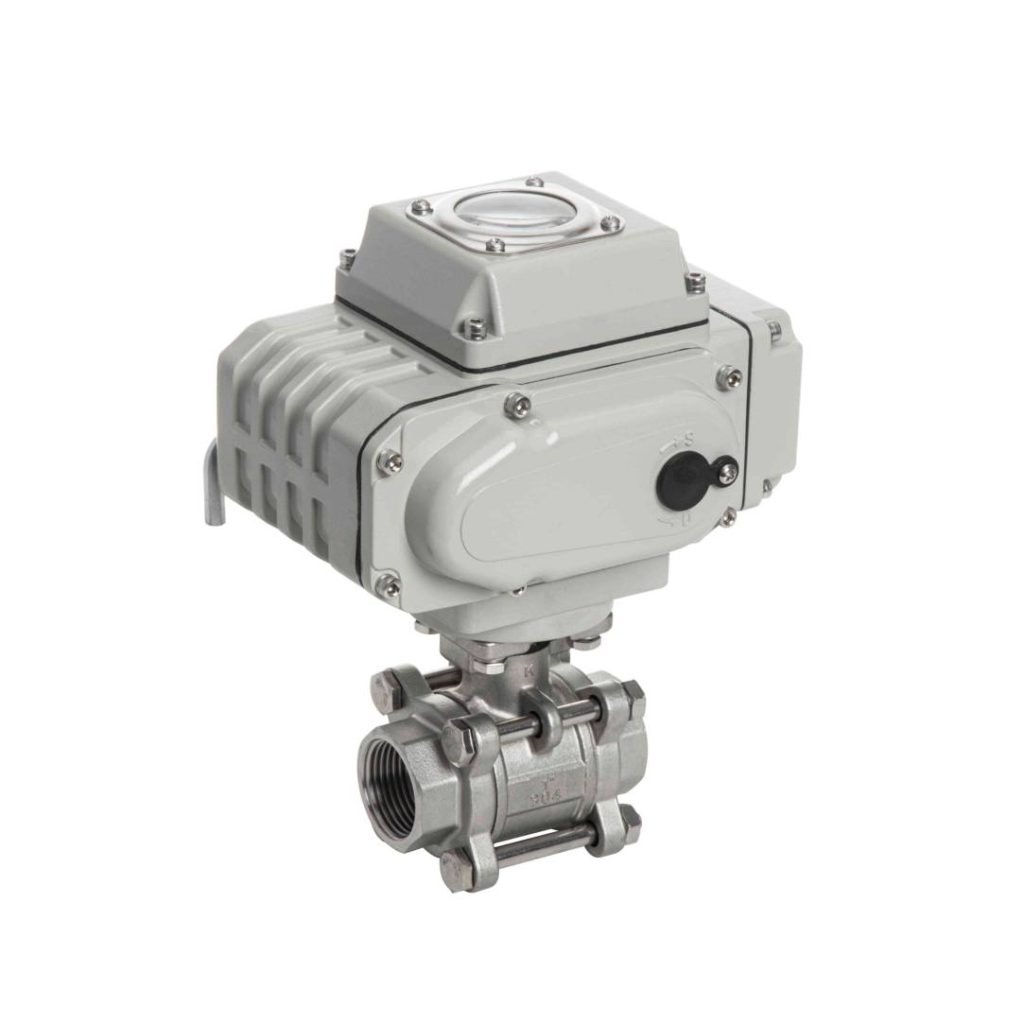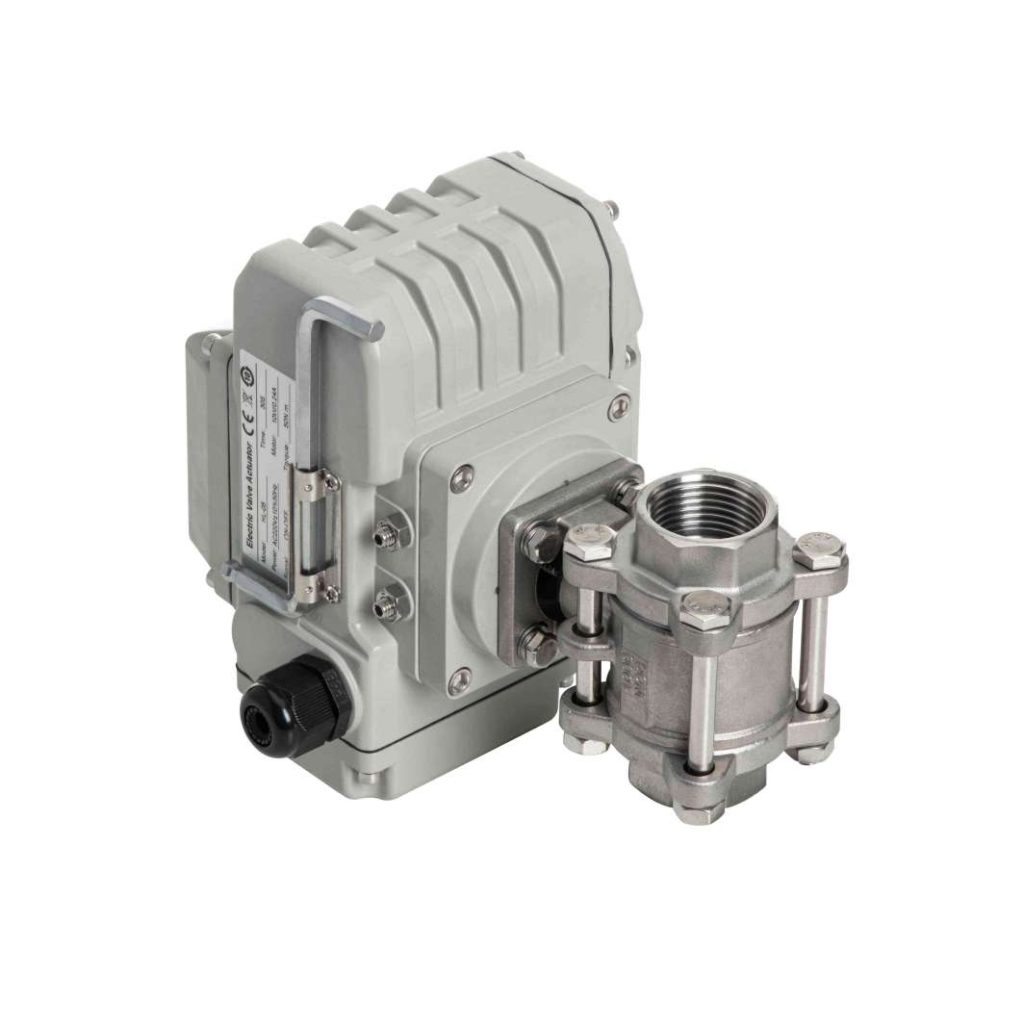The electric screw ball valve is a highly versatile and efficient device designed for controlling the flow of liquids and gases in various industrial applications. Combining the precision of a ball valve with the automation of an electric actuator, this valve type offers a wide range of benefits, making it a preferred choice for industries such as HVAC, water treatment, oil and gas, and chemical manufacturing. In this article, we will explore the structure, advantages, applications, and the key features of electric screw ball valves.

Structure and Working Principle

An electric screw ball valve consists of three main components: the ball valve itself, a screw mechanism, and an electric actuator. The ball valve is the heart of the system, using a spherical ball with a hole through the middle. When the ball is rotated to align the hole with the flow path, the valve opens, allowing fluid or gas to pass. When the ball is rotated in the opposite direction to close the hole, the flow is blocked. The “screw” mechanism refers to a threaded spindle or shaft that turns to control the position of the valve’s ball. The screw allows for precise adjustments to the valve’s opening and closing position, making it ideal for applications requiring fine flow regulation. The electric actuator, powered by an electric motor, drives the screw mechanism. The actuator is typically controlled by an external signal, such as a 4-20mA control loop or communication protocols like Modbus, which allows for remote or automated control.
